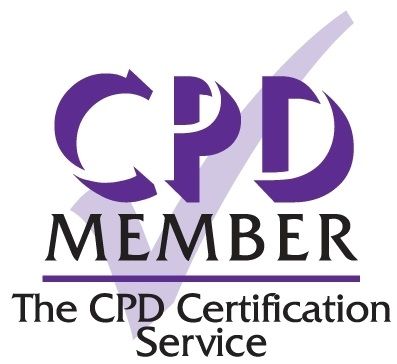Choosing Your Learning Approach in Care: Classroom vs. E-Learning
)
In the ever-evolving field of care, ongoing professional development and training is crucial. Newcomers to care and those looking for a refresher must choose between in-person classroom-based training sessions or emerging online alternatives. But which approach to learning is best suited for your needs?
Classroom Training
Despite the rise of online learning, the traditional approach still has many benefits, especially in the care sector where human connection is crucial.
Pros of Face-to-Face Training:
· Immediate Feedback: Direct engagement with instructors and peers ensures immediate feedback and clarity
· Hands-on Practice: It is easier to learn practical skills with the guidance of an in-person instructor, who can prevent poor habits from forming
· Networking Opportunities: Building meaningful connections with fellow care workers and industry experts is valuable for professional development
Cons of Face-to-Face Training:
· Time and Location Constraints: Learners need to be physically present, which can be challenging for busy professionals or those in rural areas
· Costs: Expenses related to travel and accommodation can add to the overall training cost
· Limited Flexibility: Training schedules may not align with caregivers' availability
Considering one's unique needs and learning style is crucial to ensuring the training journey is both effective and efficient.
E-Learning
E-learning offers a flexible and accessible route for professional development, allowing caregivers to tailor their learning experience to suit their schedules and adapt to the changing healthcare landscape.
Pros of Online Training:
· Flexibility: Carers can learn at their own pace, catering to their unique schedules and commitments
· Cost-Effective: Reduces travel and accommodation costs, making it a budget-friendly choice
· Access to Resources: Provides access to multimedia content and online forums, enriching the overall learning experience
Cons of Online Training:
· Limited Interaction: Online learning removes the ability to ask questions and receive immediate clarification
· Technical Challenges: Carers might meet technical issues or lack the necessary technological skills, impacting the online learning experience
· Potential for Distraction: Online learning requires self-discipline, and unavoidable environmental distractions can affect focus
Choosing Your Training Style
Blended learning is a mix of online and in-person training. It's getting the best of both worlds, offering a complete training experience that fits the unique needs of modern healthcare education.
Deciding how to train— whether online, in-person, or with a mix of both—depends on what you are learning, the way your brain processes information, and what resources you have. It is important to pick the learning style that aligns with you, so that you can confidently provide quality care.
Whether you prefer hands-on training or the flexibility of online learning, the main goal is the same: to become a skilled and knowledgeable healthcare professional ready for whatever comes your way.
To explore classroom training with The Health & Safety Group, visit www.hs-group.com
To discover HSG’s wide range of E-Learning courses, visit www.hsg-elearning.co.uk



